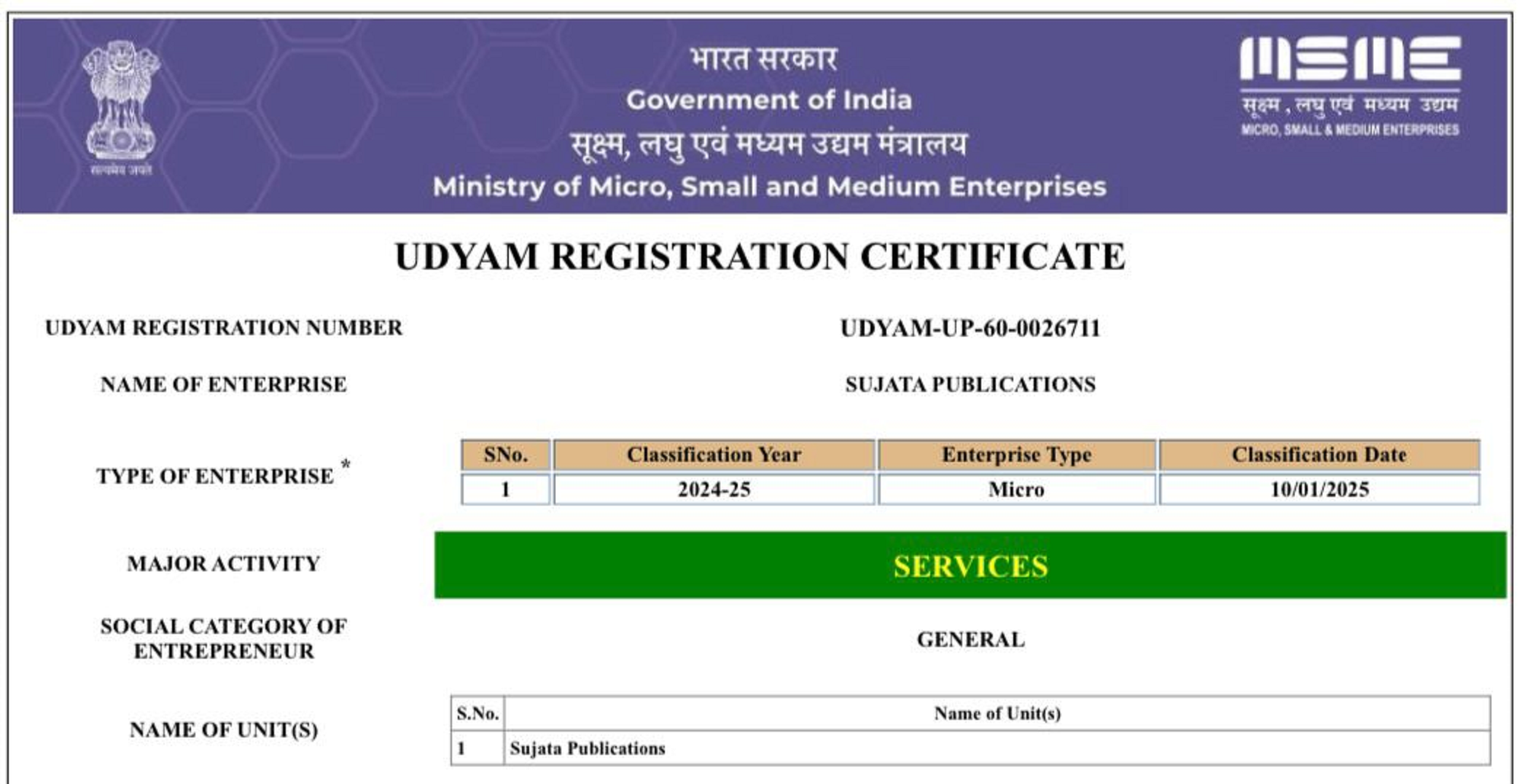A NOVEL ANTIBIOTIC TO TREAT BACTERIAL CONJUNCTIVITIS – BESIFLOXACIN
DOI:
https://doi.org/10.62896/269mps08Keywords:
Conjunctivitis, Besivance, Fluoroquinolones, Bacterial conjunctivitis, BesifloxacinAbstract
The prevalence of bacterial conjunctivitis, popularly known as pink eye, which is caused by a variety of aerobic and anaerobic bacteria, is unaffected by demographics. To avoid possibly irreversible eye damage, prompt empiric therapy with a wide-ranging anti-infective, including a surface fluoroquinolone, is essential. The growth in methicillin-resistant Staphylococcus samples to ocular illness as well as fluoroquinolone resistance patterns throughout persons with various ocular bacterial infections need the development of novel eye-specific medicines. Besifloxacin, a brand-new broad-spectrum fluoroquinolone medication, has been approved for the treatment of bacterial conjunctivitis. It is associated with a decreased rate of resistance development and inhibits DNA gyrase and topoisomerase IV with a distinctly balanced dual-targeting activity. The only bacterial populations that are exposed to besifloxacin are those in and around the eye because it is not available in other formulations. By deliberately avoiding direct besifloxacin interaction with bacteria because a consequence of widespread use, this lowers the risk that bacterial tolerance might develop.In vitro, besifloxacin shown equal or greater activity than other common topical antibiotics. In clinical trials, besifloxacin has frequently demonstrated efficacy and safety in treating individuals with bacterial conjunctivitis. Besifloxacin is considered safe, well tolerated, and has no known side effects.

Downloads
Published
Issue
Section
License

This work is licensed under a Creative Commons Attribution-NonCommercial 4.0 International License.















